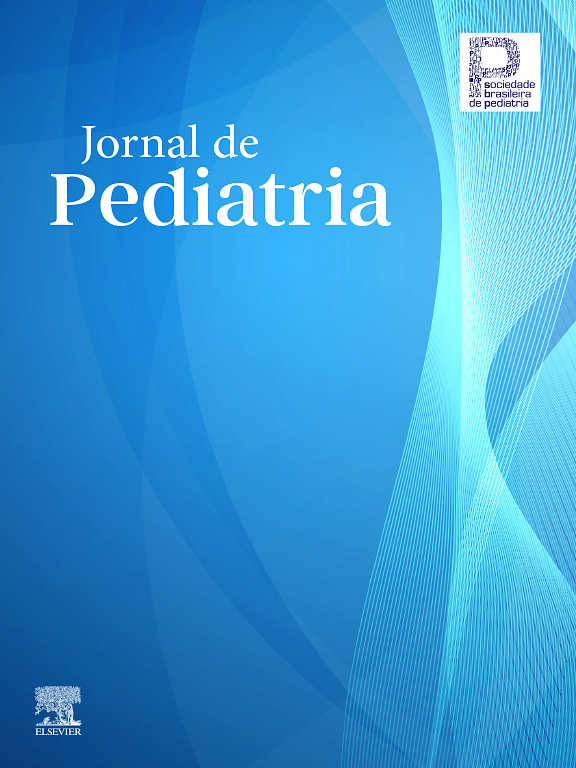This is a randomized, prospective, controlled study to compare the efficacy of single versus double halogen phototherapy in high risk patients admitted to a newborn intensive care unit. Eighty patients were allocated to receive single (N=43) or double (N=37) phototherapy. The groups were similar in clinical and laboratory characteristics. Total serum bilirubin (SB), hematocrit and total serum protein were assessed by microanalysis prior to the beginning of the study and at 6, 12, 18 and 24 hours of treatment. The percent decline of SB was significantly higher in the double phototherapy group. This difference is first noted at 12h of treatment (10% vs 1.8%, p< 0.01) and is acentuated at the end of the study (19.4% vs 1.6%, p< 0.0001). Weight loss, variations in the hematocrit and total serum protein were similar in both groups. Cutaneous rash and temperature instability were not noted among the patients studied. Our results demonstrate that double phototherapy is more efficient than single phototherapy in treating hyperbilirubinemia in high risk newborn infants.
The Impact Factor measures the average number of citations received in a particular year by papers published in the journal during the two preceding years.
© Clarivate Analytics, Journal Citation Reports 2025
SRJ is a prestige metric based on the idea that not all citations are the same. SJR uses a similar algorithm as the Google page rank; it provides a quantitative and qualitative measure of the journal's impact.
See moreSNIP measures contextual citation impact by wighting citations based on the total number of citations in a subject field.
See more







